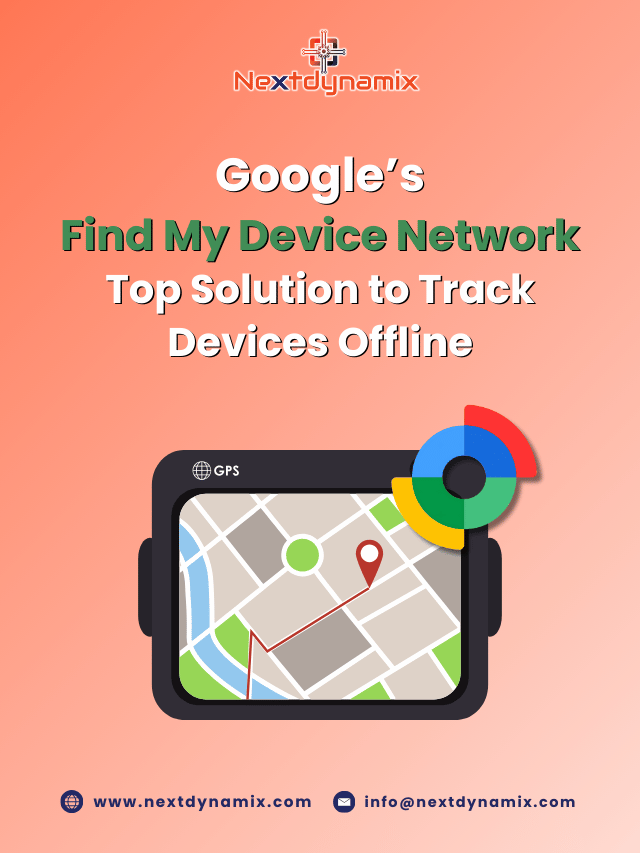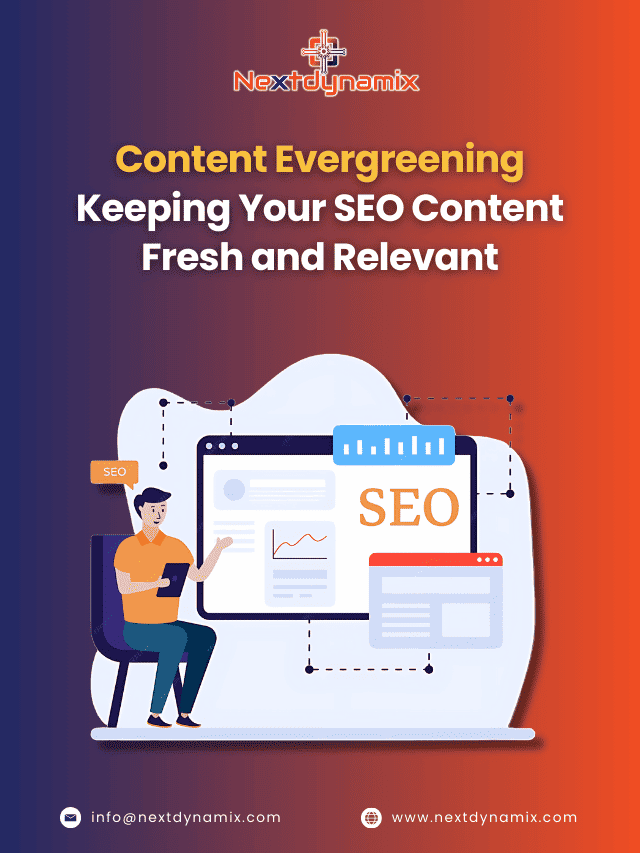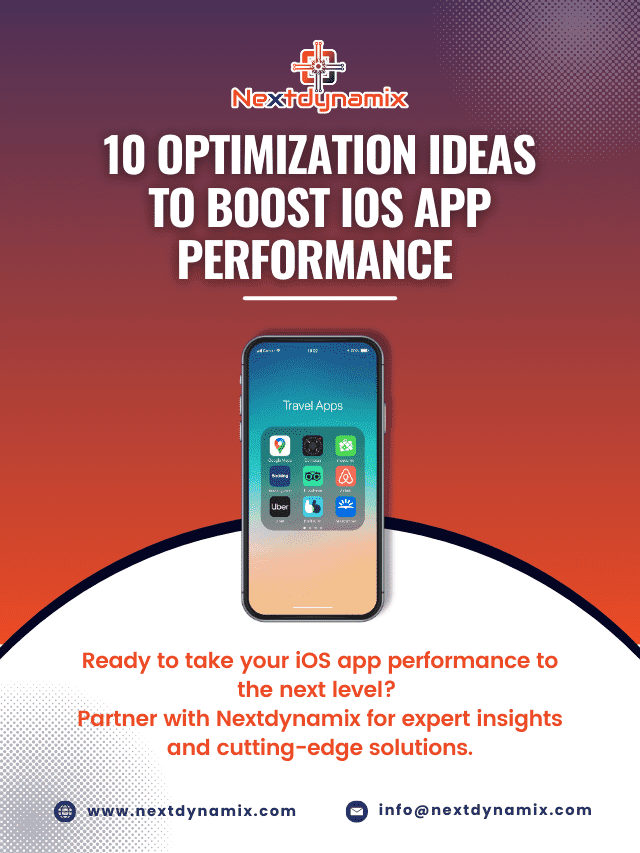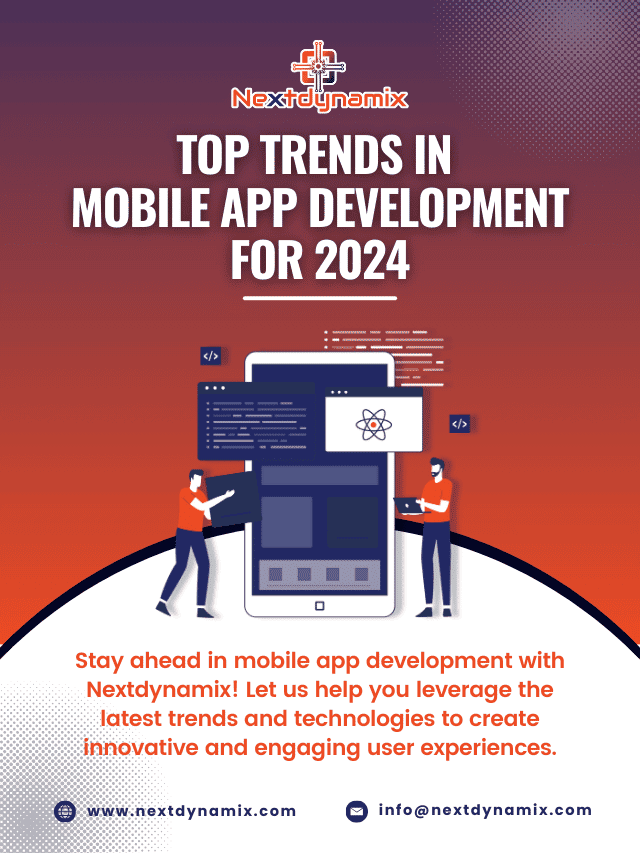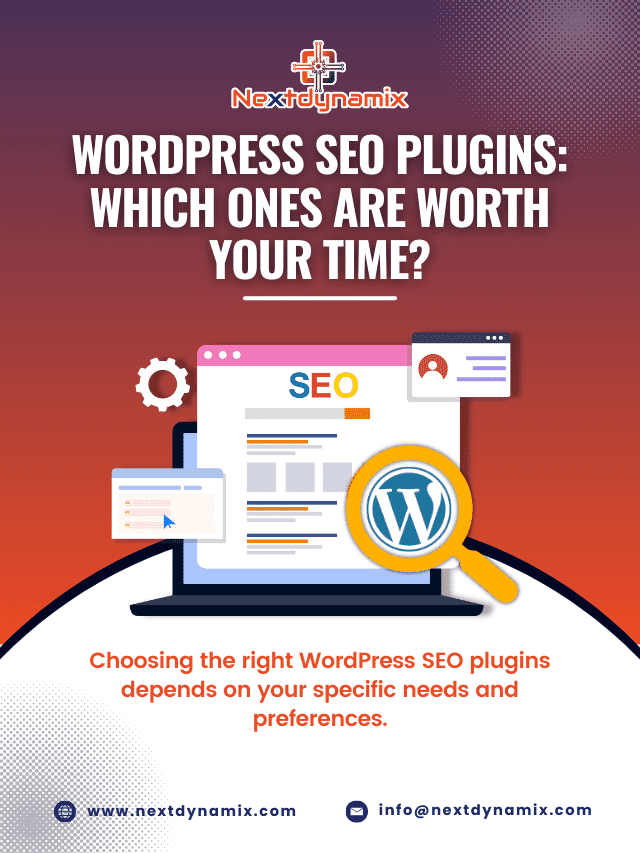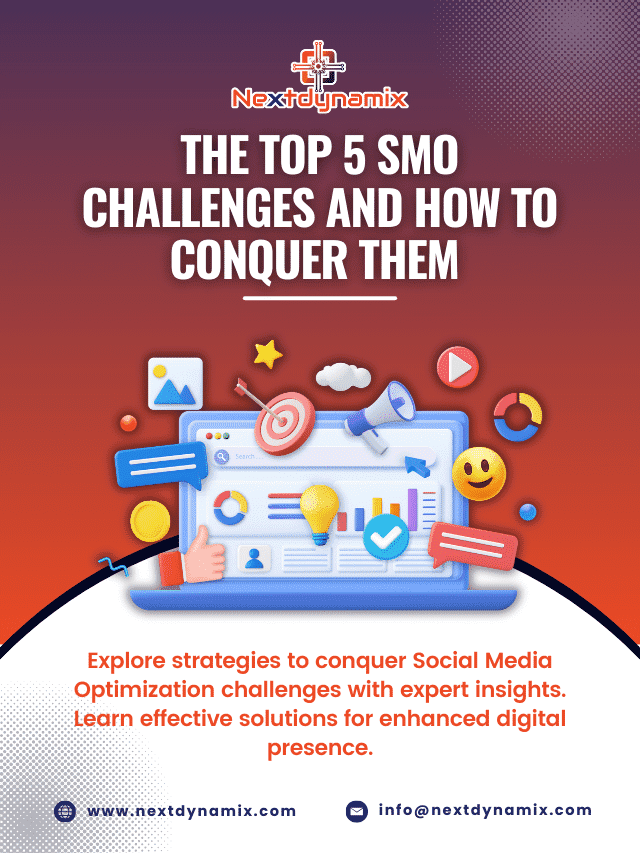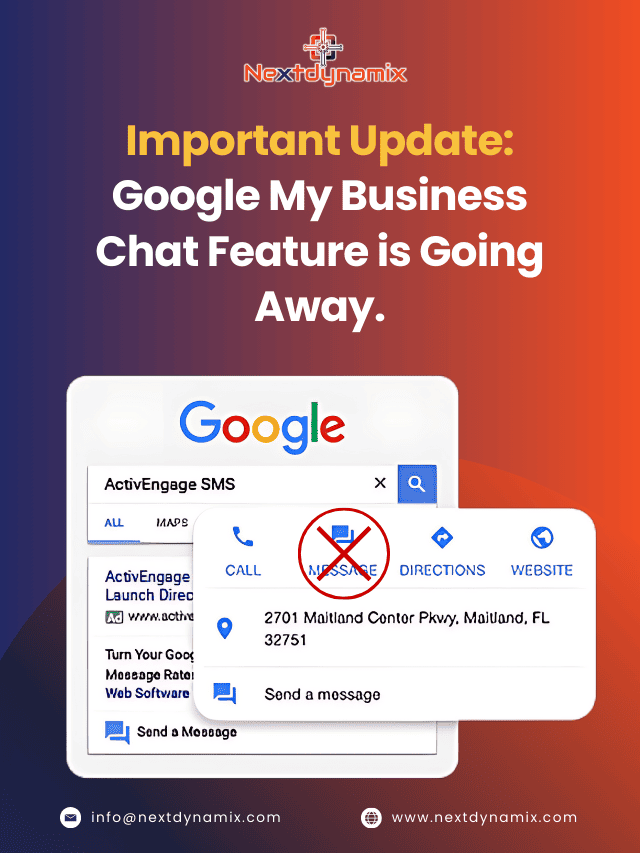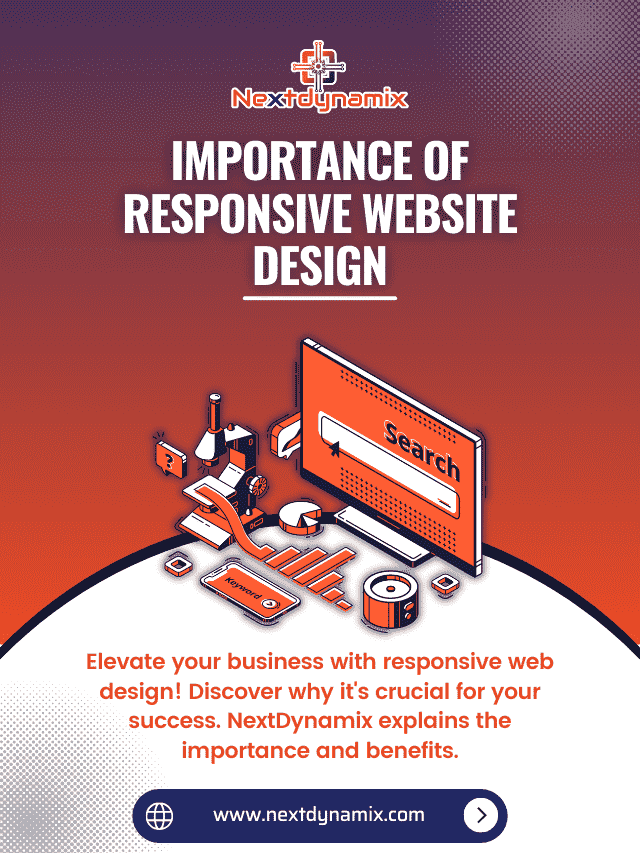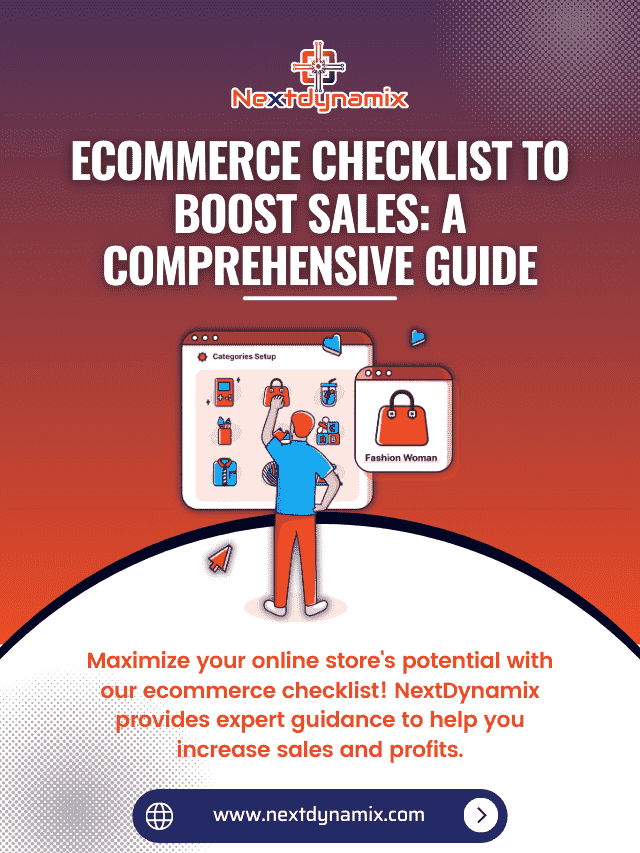Your Logo, Your Legacy: How to Design a Logo That Sticks
When you think of brands like Apple, Nike, or Coca-Cola, what’s the first thing that comes to mind? Their logos — simple, timeless, and instantly recognizable. That’s the power of a strong logo. It’s not just a pretty design; it’s the visual embodiment of your brand’s legacy.
In this blog, we’ll explore how to design a logo that sticks — one that creates a lasting impression, resonates with your audience, and stands the test of time. Whether you’re a small business owner, startup founder, or creative designer, this guide will give you a step-by-step roadmap to crafting a logo that truly represents your brand identity.
Why Your Logo Matters More Than You Think
A logo is often the first touchpoint between your brand and your audience. It’s what people see on your website, social media, product packaging, and advertisements. But more importantly, it’s what they remember.
A well-designed logo does more than look professional — it conveys your values, personality, and purpose in a single visual mark.
The Psychological Impact of a Logo
Colors, shapes, and typography all influence how people perceive your brand. For instance:
- Blue evokes trust and reliability (used by brands like Facebook and PayPal).
- Red conveys passion, energy, and urgency (think Coca-Cola or YouTube).
- Green represents nature, balance, and growth (popular with eco-friendly brands).
- Circular logos often symbolize unity and community, while sharp-edged designs suggest strength and innovation.
Understanding these psychological cues can help you design a logo that aligns perfectly with your brand message.
The Core Elements of a Memorable Logo
Creating a logo that truly sticks requires more than artistic flair. It needs clarity, creativity, and consistency.
Let’s break down the key elements that make a logo unforgettable.
1. Simplicity
Less is more.
The world’s most iconic logos — Apple’s apple, Nike’s swoosh, McDonald’s arches — are incredibly simple. Simplicity ensures your logo is instantly recognizable and easy to recall.
Avoid clutter, excessive details, or too many colors. A simple logo communicates confidence and clarity.
2. Relevance
Your logo must reflect your brand’s purpose and values. For example, a luxury brand might use elegant serif fonts and minimalist gold tones, while a tech startup might prefer sleek sans-serif typefaces and futuristic shapes.
Ensure every element — from color to typography — aligns with what your brand stands for.
3. Versatility
A good logo should look great on a business card, website, or billboard. It must be scalable and adaptable across various mediums.
Test your logo in:
- Full color and black & white
- Small and large sizes
- Different backgrounds
If it looks great in every format, you’ve nailed versatility.
4. Timelessness
Trends fade, but a timeless logo endures. Avoid overly trendy fonts or design gimmicks that may look outdated in a few years.
Focus on creating a design that will age gracefully while staying relevant to your brand identity.
5. Uniqueness
Your logo should set you apart from competitors. A unique design builds a stronger connection with your audience and prevents confusion.
Research your industry and ensure your logo stands out rather than blends in.
The Step-by-Step Process to Design a Logo That Sticks
Now that you understand the key principles, let’s look at the step-by-step process to design a memorable logo.
Step 1: Define Your Brand Identity
Before sketching any ideas, identify what your brand represents. Ask yourself:
- What are my brand’s core values?
- Who is my target audience?
- What emotions do I want to evoke?
Your logo should be a visual summary of your answers.
Step 2: Research Your Competitors
Analyze logos of top competitors in your industry. Identify patterns, color themes, and typography choices. This helps you avoid clichés and discover ways to stand out.
Step 3: Choose the Right Logo Type
There are several types of logos, and choosing the right one depends on your brand’s personality:
- Wordmark (e.g., Google, Coca-Cola): Focuses on the brand name using stylized typography.
- Lettermark (e.g., IBM, HP): Uses initials to simplify long names.
- Icon or Symbol (e.g., Apple, Twitter): Relies on a unique graphic mark.
- Combination Mark (e.g., Adidas, Burger King): Combines text and symbol.
- Emblem (e.g., Harley-Davidson, Starbucks): Text inside a symbol or shape.
Choose a type that resonates best with your brand.
Step 4: Pick the Right Colors
Color defines emotion and perception. Use no more than 2-3 primary colors and ensure they reflect your brand message.
For example:
- Red: Passion, action, power
- Blue: Trust, calm, intelligence
- Yellow: Happiness, optimism
- Black: Elegance, sophistication
Step 5: Select the Perfect Font
Typography plays a huge role in logo design. Fonts can communicate personality — modern, traditional, playful, or serious.
Ensure the font is legible and complements your design. Avoid using overly decorative fonts that can be hard to read.
Step 6: Create Sketches and Concepts
Start with rough sketches on paper. Experiment with different shapes, icons, and font combinations. Don’t aim for perfection at this stage — creativity thrives in exploration.
Step 7: Design Digitally
Once you have a few strong sketches, recreate them using design tools like Adobe Illustrator, CorelDRAW, or Figma. Focus on alignment, spacing, and proportions to achieve balance.
Step 8: Get Feedback
Show your logo to colleagues, friends, or even potential customers. Gather honest feedback about its appeal, readability, and relevance.
Refine your design based on their insights.
Step 9: Test for Versatility
Ensure your logo looks professional across all platforms — social media profiles, websites, merchandise, etc.
You can test your logo mockups on business cards, signage, and digital banners to visualize real-world impact.
Step 10: Finalize and Protect Your Logo
Once you finalize the design, save it in multiple formats (AI, PNG, JPEG, SVG, EPS).
Also, consider trademark registration to protect your logo from misuse.
Common Mistakes to Avoid in Logo Design
Even experienced designers can make errors that affect the effectiveness of a logo. Avoid these common pitfalls:
- Too much complexity: Complicated designs are hard to remember.
- Poor color choices: Some colors clash or look unprofessional.
- Copying competitors: Originality is key to building brand identity.
- Ignoring scalability: A logo must look good both on a website and on a pen.
- Skipping research: Without understanding your audience, your logo won’t connect.
How a Professional Logo Design Service Can Help
Designing a memorable logo requires expertise in design theory, psychology, and branding. Professional logo design services can help by offering:
- Customized designs aligned with your brand story
- Expert use of typography, color, and balance
- Access to creative professionals with years of experience
If you’re looking to craft a powerful brand identity that endures, you can explore expert logo design services available through top digital branding agencies like logo design service. These professionals focus on creating logos that not only stand out visually but also build lasting recognition.
Final Thoughts
Your logo is not just a symbol — it’s your brand’s first impression and lasting legacy.
A thoughtfully designed logo tells your story, builds trust, and helps customers remember you long after they’ve interacted with your brand.
Investing in professional logo design is investing in your brand’s future. Create something simple, memorable, and timeless — because your logo is more than just design; it’s your legacy.
H1: FAQs About Logo Design
1. What makes a good logo?
A good logo is simple, memorable, relevant to your brand, and versatile across all platforms.
2. How many colors should a logo have?
Ideally, a logo should use no more than two to three main colors to maintain clarity and versatility.
3. What is the best logo type for a new business?
For new businesses, a combination mark (text + symbol) works best as it builds recognition faster.
4. Should I design my logo myself or hire a professional?
If you have design experience, you can create it yourself, but professional designers ensure brand consistency and uniqueness.
5. What software is best for logo design?
Adobe Illustrator, CorelDRAW, and Figma are among the best tools for vector-based logo design.
6. How much does a logo design cost?
It depends on the designer’s experience and project scope, but investing in quality design pays off long-term.
7. Can I change my logo after launching my brand?
Yes, rebranding is possible, but changes should be subtle to maintain recognition and trust.
8. What file format should I use for my logo?
Use vector formats (AI, SVG, EPS) for scalability, and PNG or JPEG for web use.
9. How do I protect my logo legally?
You can trademark your logo through official intellectual property registration in your country.
10. How do I make my logo stand out from competitors?
Focus on originality, align it with your brand story, and avoid industry clichés.
At Nextdynamix, We Have Pros and Peers for More Insights!
Connect with our professional web and app specialists to achieve impeccable development and seamless execution. Allow us to comprehend your industry obstacles and deliver efficient solutions, unlocking your business potential.
Contact us today for further information


